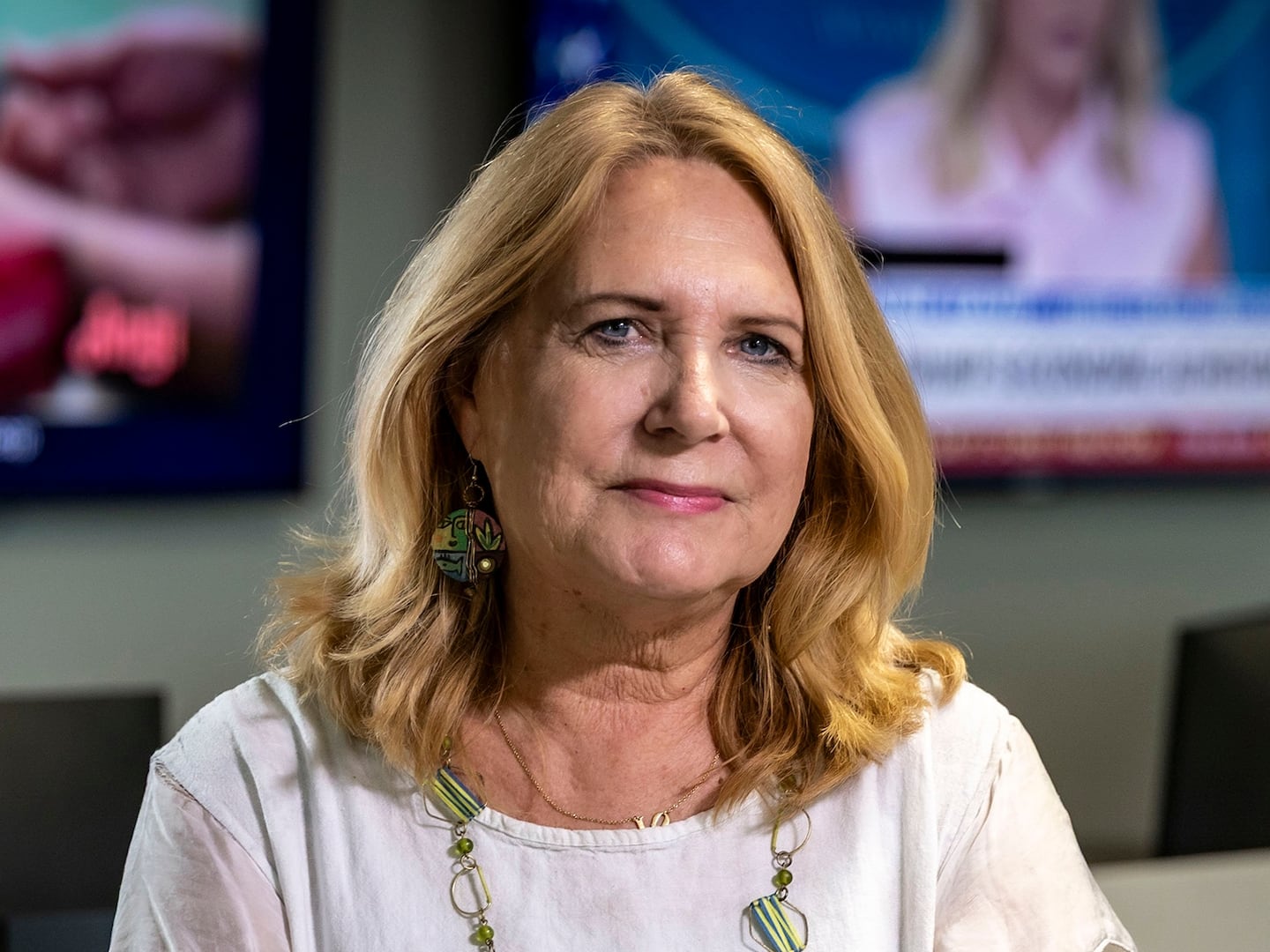
Traditionally celebrated in observance of All Souls’ Day and All Saints’ Day, Nov. 1 and 2, Mexico’s el Día de los Muertos marks the temporary return of deceased relatives and friends for an earthly reunion of remembrance, food, dancing, and music. And while ghosts and goblins are symbols of Halloween, skeletal figures or calacas have become iconic Day of the Dead symbols. They sing, dance, laugh, ride bicycles, marry, play instruments, and eat. They’re frightening but friendly, macabre but cheerful, dead but lively. Most of all, they seem to have a lot to say:
In the Yucatán, the holiday is called Hanal Pixán, or the Mayan Day of the Dead, and can be translated as “the path of the soul through the essence of food,” “supper of the souls,” or more simply, “soul food.”
1. We are starving. In the Yucatán, the holiday is called Hanal Pixán, or the Mayan Day of the Dead, and can be translated as “the path of the soul through the essence of food,” “supper of the souls,” or more simply, “soul food.” In any language, the souls are hungry and families prepare their favorite foods, such as tamales wrapped in banana leaves, chicken or pork in mole, heavy stews, platters of beans and tortillas in anticipation of their arrival. The deep aroma of the heavily spiced foods is expected to guide them home. For dessert, sweet pumpkin cooked in cinnamon, oranges, and cloves alongside coffee or hot chocolate, mugs of atole, seasonal fruits, and nuts are typical. Vices as well as pleasures are remembered, and beer, tequila, mezcal, or even cigarettes can be included. Of course, the family waits an appropriate amount of time to eat from the ofrenda, or the offering the family will present to the departed souls upon their return. Sometimes this is not until the next day, to be sure that the departed have had their fill. Specially made for the holiday is pan de muerto, or bread of the dead, which is a round loaf of sweet, brioche-like bread that’s topped with strips of dough shaped into bones or skulls and sprinkled with anise seeds or molded into human figures called animas. Another variation replaces the anise with candied fruits like oranges, pineapples, and figs. Special sweets and candies are also included in the offering, especially for children. Markets and shops are filled with amaranth and sugar paste figurines in the shape of skeletons or coffins. Most famously, decorated skulls called calaveras with the family members’ names, both living and dead, are added or given as gifts.
2. Make us an offer. Central to the celebration is the aforementioned ofrenda. Though there are regional variations, an altar is built of graduated platforms and covered in embroidered linens where photographs of the deceased are surrounded by cempasúchils (marigolds), votives, and incense. Nov. 1 is dedicated to children who have passed on, while adults are remembered on Nov. 2. Depending on who you ask, the souls have had a long journey from either Catholic purgatory or Mictlán, an ancient underworld where souls who have left their terrestrial forms wait to be called back to earth. Out of consideration for their otherworldly guests, water is always present on the altar, and sometimes even towels and a washbasin, so they can refresh themselves.
3. Show us the way. After remembrances and prayers, the family may continue their vigil in the cemetery. A lighted path of cempasúchil petals, a pre-Columbian symbol for the soul, is laid out from the family’s altar to the cemetery, ensuring the returning spirits will find their way. Gravesites are cleaned and decorated with more flowers and intricate paper cut-outs known as papel picado, while friends and family gather for a celebratory all-night vigil known as the llorada del hueso. At midnight, the ringing church bells mark the souls’ return, and prayers are said for their eternal rest. Far from somber, the holiday is marked by laughter, music, dancing, and fireworks. Families finally eat from the ofrenda and share it with neighbors as the celebration continues into the early morning hours, while mariachis sing outside the cemetery gates.
4. Don’t forget us. In Mexico, the holiday has become a source of national pride and, increasingly, a tourist attraction, which is always a mixed blessing. In 2003, UNESCO proclaimed Mexico’s Day of the Dead celebrations part of our collective Intangible Cultural Heritage, the same year an ofrenda was laid out in Mexico’s presidential palace for the first time by then-first lady Marta Sahagún. Outside Mexico, interest in the holiday began to grow in the Southwest during the Chicano movement of the late 1970s, spreading to other cities with growing Mexican immigrant communities like Chicago and New York. Recent immigrants may send money home to relatives for the ofrenda or erect private altars in their new home.
Plus: Check out Hungry Beast for more news on the latest restaurants, hot chefs, and tasty recipes.
Ana Sofia Peláez lives in Brooklyn. A contributor to several Web sites, she writes about Latin food on her blog Hungry Sofia.






